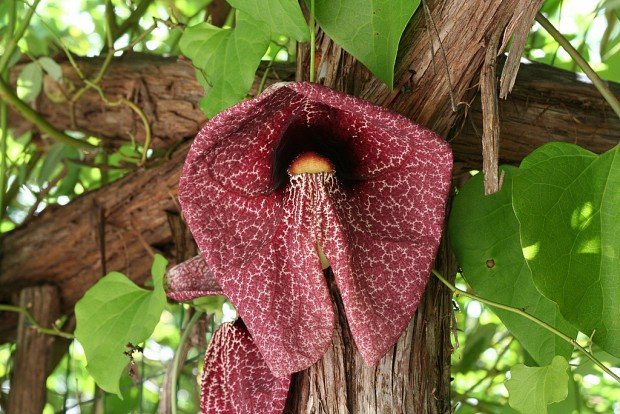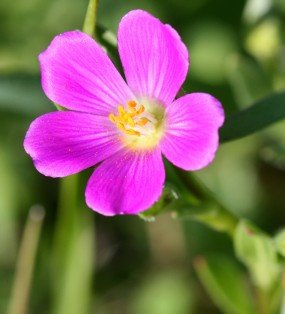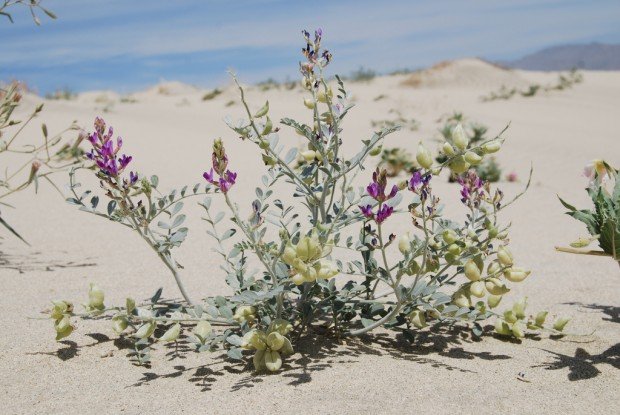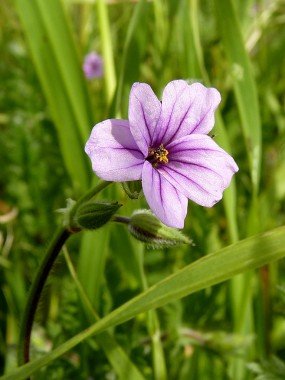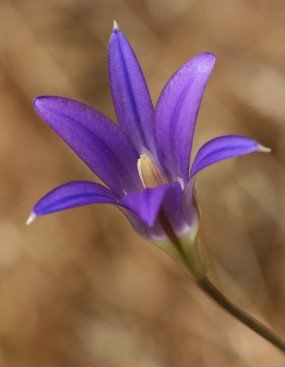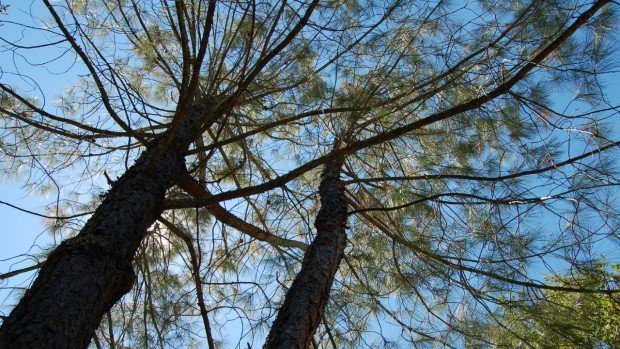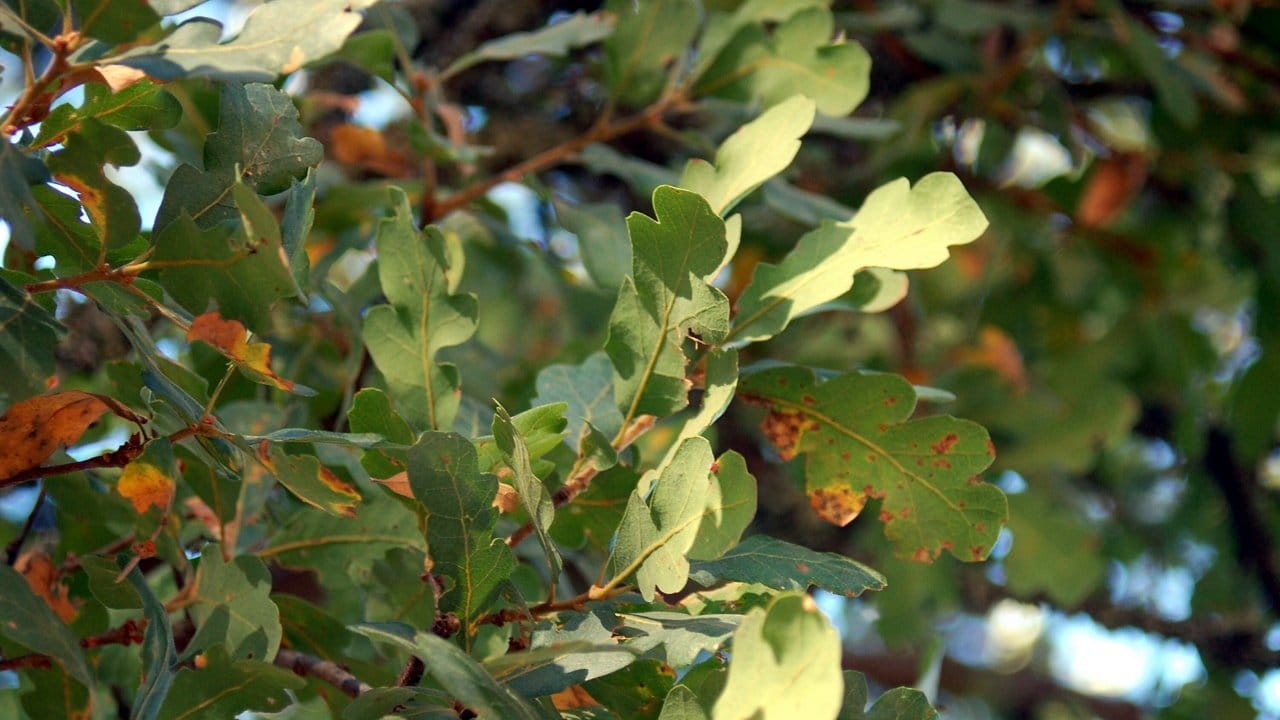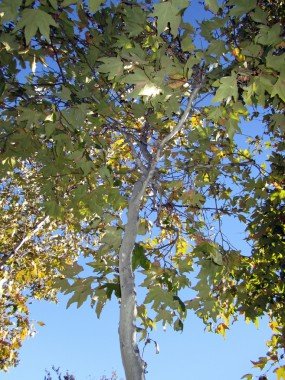Flora of the American River Valley
A trip down the American River is as beautiful as it is exhilarating. You may not have the time (or the breath!) to reflect on nature’s splendor as you’re shooting the rapids, but there are plenty of calm places to float and take it all in. Keep an eye out for these plants – when you can keep your eyes open, that is!
Beautiful Blooms
Dutchman’s Pipe – A native vine attractive to butterflies, you might see it growing up the sides of the trees you pass on your journey.
Red Maid – A pretty star-shaped flower that blooms in the early spring. The blossoms of each only last a single day, so keep your eyes peeled!
Vetch – This flower with a lilac stem is found in many places around California, and the plant grows wild along the riverbanks and inland meadows.
Filaree – Sometimes called the Storksbill, this flower has a deep cup. Look for small birds and flittering butterflies collecting the nectar and water stored within the little cup.
Harvest Brodiaea – This flower grows a bit later in the spring, making it a great one to look for on an early-season float. Look for the long, narrow petals and thin, leafless stems.
Towering Trees
Foothill Pine – Native to California and Oregon, this tall tree produces prickly pine cones.
Blue Oak – A Blue Oak can live to be 500 years old and is recognizable by the bluish hue of its lobed leaves.
Western Sycamore – Growing along the riverbank, this tree’s trunk often splits the higher it grows. Although beautiful when blooming, the blossoms can be an allergen for those susceptible to sneezes and watery eyes. Bring your Benadryl!
Unwelcome Guests
The American River Valley is full of beautiful plants, but it’s also home to several invasive species. This term is used to describe introduced, non-native plants that can upset the natural ecosystem. Often fast-growing and able to reproduce at hyper speed, invasive species have a way of choking out the natives. In the American River Valley, these species include:
- Giant Reed
- Oleander
- Chinese Tallow
- Red Sesbania
- Pampas Grass
- Tamarisk
Volunteers take great pains to eradicate these invasive species, even going so far as to provide patrols to seek out and destroy dangerous colonies. With their help, the American River Valley can remain a place of natural beauty, unmarred by choking freeloaders.
The Importance of Minimal Impact
At American Whitewater Expeditions, we understand the importance of respecting nature. After all, it’s where we live, work and play. We strive to abide by a “minimal impact” lifestyle. This means we — and our guests — do our best to leave nature the way we found it: beautiful and unmarred by dings, scrapes, or poor treatment.
Whether you’re in camp or out rafting the American on your own, please respect nature for the enjoyment it offers us. Pack your trash out, respect the plants and wildlife in the area, and be considerate of others. It’s the rules we live by, and the rules we hope you’ll follow as we share what we think is one of the best places on earth!


